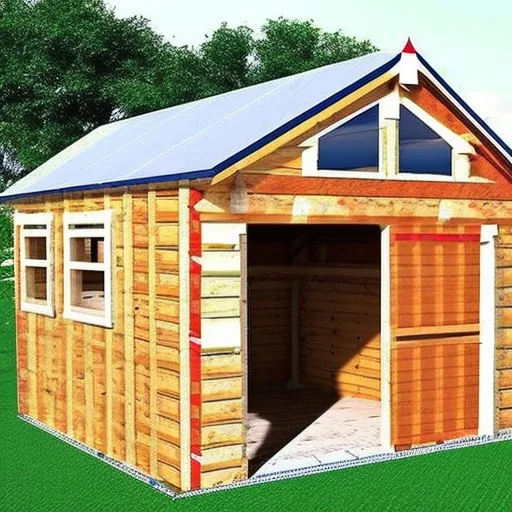Insulating a shed involves adding materials to the structure to control its temperature, making it more comfortable and energy-efficient. Here is a definition:
Shed insulation refers to the process of adding insulating material to the walls, roof, and sometimes the floor of a shed to create a thermal barrier.
This helps maintain a constant and comfortable temperature inside the shed, protecting its contents from extreme heat or cold, and improving energy efficiency.
Insulated shed materials such as fiberglass, foam board, or spray foam are installed within the walls of the shed, followed by the addition of covering materials such as plywood or drywall to create a complete interior surface.
Insulating a shed is beneficial when it is used as a workplace, storage area, or any application where temperature control is essential.
Materials You’ll Need:
- Insulation material (e.g., fiberglass, foam board, or spray foam)
- Plywood or drywall sheets
- Studs or furring strips
- Caulk and caulk gun
- Nails or screws
- Weatherstripping
- Vapor barrier (optional)
- Tools (saw, drill, measuring tape, utility knife)
Steps:



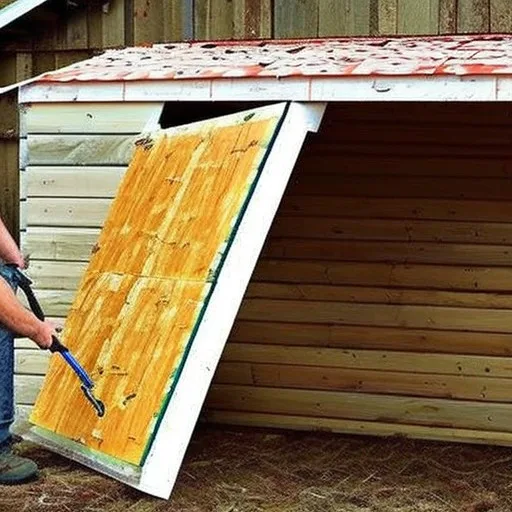

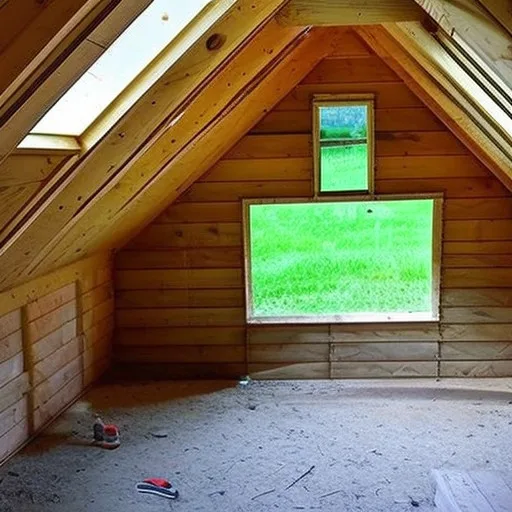
- Prepare the Shed:
- Remove any existing wall coverings or finishings.
- Seal Any Gaps:
- Inspect the shed for gaps, cracks, and holes. Seal them with caulk to prevent drafts.
- Install a Vapor Barrier (Optional):
- Depending on your climate, you may want to install a vapor barrier on the inside of the shed walls to prevent moisture from passing through the insulation. This is especially important in cold climates.
- Frame the Walls:
- Install studs or furring strips on the walls, creating a framework to hold the insulation material.
- Cut and Install Insulation:
- Measure and cut the insulation material to fit between the studs or furring strips. Make sure it fits snugly to maximize its effectiveness.
- If you’re using fiberglass insulation, wear protective gear such as gloves, a mask, and safety glasses.
- Secure the Insulation:
- Use nails or screws to secure the insulation in place. Be careful not to compress the insulation, as this can reduce its effectiveness.
- Cover with Plywood or Drywall:
- Cover the insulated walls with plywood or drywall sheets. This creates a finished surface and protects the insulation.
- Seal Edges and Seams:
- Seal any edges, seams, and gaps in the plywood or drywall with caulk to ensure an airtight seal.
- Install Weatherstripping:
- Install weatherstripping around doors and windows to prevent drafts.
- Insulate the Roof (Optional):
- If you plan to use the shed year-round, consider insulating the roof using the same principles as the walls.
- Finish the Interior:
- After insulating and covering the walls, finish the interior as desired. You can paint or add shelving, depending on the shed’s purpose.
- Insulate the Floor (Optional):
- If you want to further improve insulation, consider insulating the shed’s floor using similar methods.
What is the best insulation for a shed?
- Fiberglass Insulation:
- Fiberglass batts or rolls are popular for their cost-effectiveness and ease of installation. They provide good thermal insulation and are readily available. However, they can be itchy to handle, so proper protective gear is necessary during installation.
- Foam Board Insulation:
- Rigid foam board insulation, often made from polystyrene or polyurethane, offers excellent insulation properties. It’s lightweight and easy to cut, making it suitable for shed walls and ceilings. It’s more expensive than fiberglass but provides better insulation.
- Spray Foam Insulation:
- Spray foam insulation forms an airtight seal and provides superior insulation properties. It can be used in hard-to-reach areas, such as wall cavities and roof spaces. However, it’s the most expensive option and usually requires professional installation.
- Reflective Insulation:
- Reflective insulation, also known as radiant barrier insulation, reflects heat away from the shed. It’s effective in hot climates and is often used in metal sheds to reduce heat buildup. It’s typically installed in the roof and can be combined with other types of insulation.
- Cellulose Insulation:
- Cellulose insulation is made from recycled paper and treated with fire retardants. It’s an eco-friendly option and offers good thermal insulation. It’s often blown into wall cavities or attics.
- Natural Fiber Insulation:
- Insulation made from natural materials like cotton or sheep’s wool is an eco-friendly choice. These materials are safe to handle and provide good insulation. They are often used in eco-conscious building projects.
Choosing the Best Insulation:
- Consider your shed’s intended use and your local climate. For extreme cold or hot conditions, a higher R-value insulation is important.
- Ensure proper installation and sealing of gaps to maximize insulation efficiency.
- Budget is a factor, as some insulation types are more expensive than others.
- Consider fire safety and whether the insulation requires a fire barrier, especially if your shed has electrical wiring.
Types of Shed Insulation
There are many types of insulation you can use to insulate a shed, each with its own characteristics and advantages. Choosing the insulated shed type depends on your budget, climate, and specific needs. Here are some common forms of shed insulation:
Fiberglass insulation: Fiberglass insulation is made from short glass fibers and is one of the most popular insulation materials. It comes in rolls or batts and is easy to install between wall studs and ceiling joists.
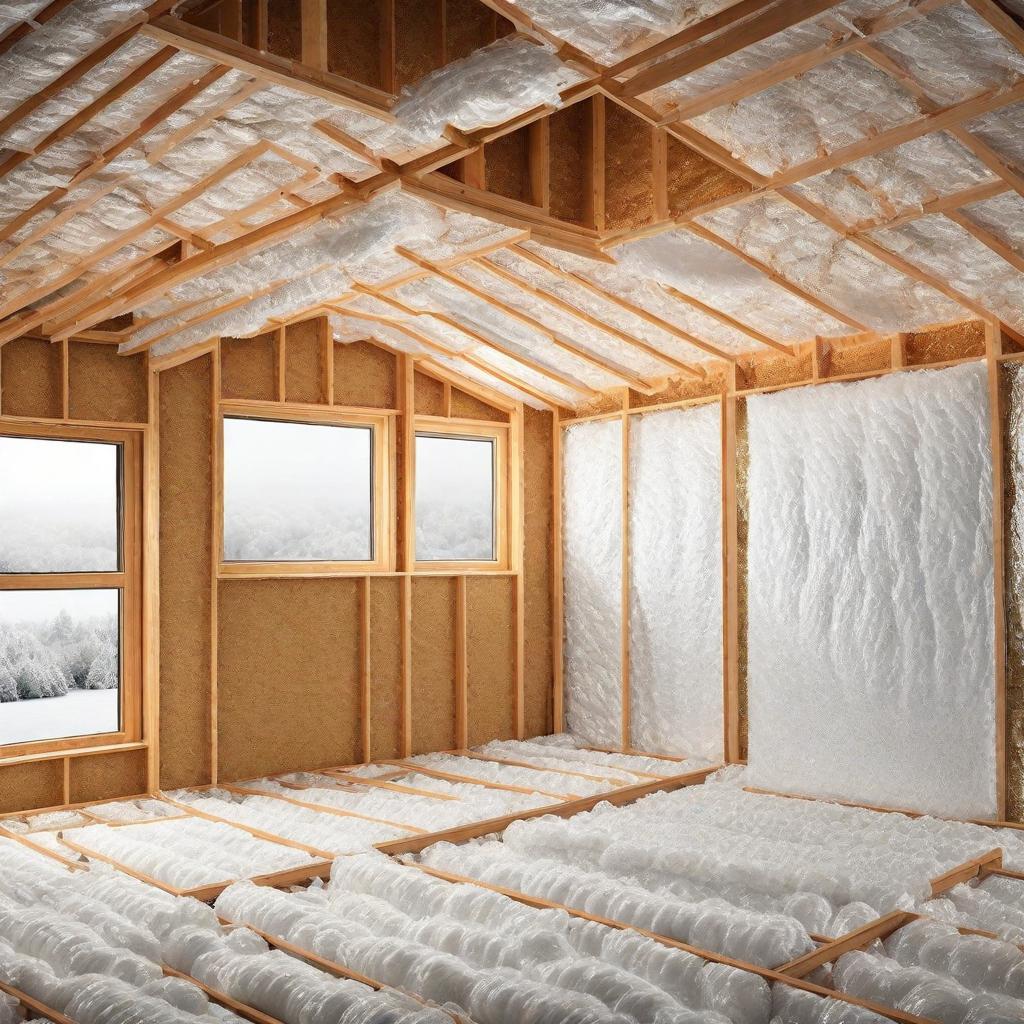
It is effective in preventing heat flow and is relatively affordable.
Cellulose insulation: Cellulose insulation is made from recycled paper products, primarily newspapers. It is treated with fire retardant substances to increase safety.
Cellulose can be blown or sprayed into wall cavities and attic spaces. It is an environment-friendly option and offers good thermal resistance.
Foam Board Insulation: Foam board insulation is rigid and comes in sheets. It is a good option for insulating shed walls and roofs. It offers outstanding thermal resistance and can be easily cut to fit specific locations.
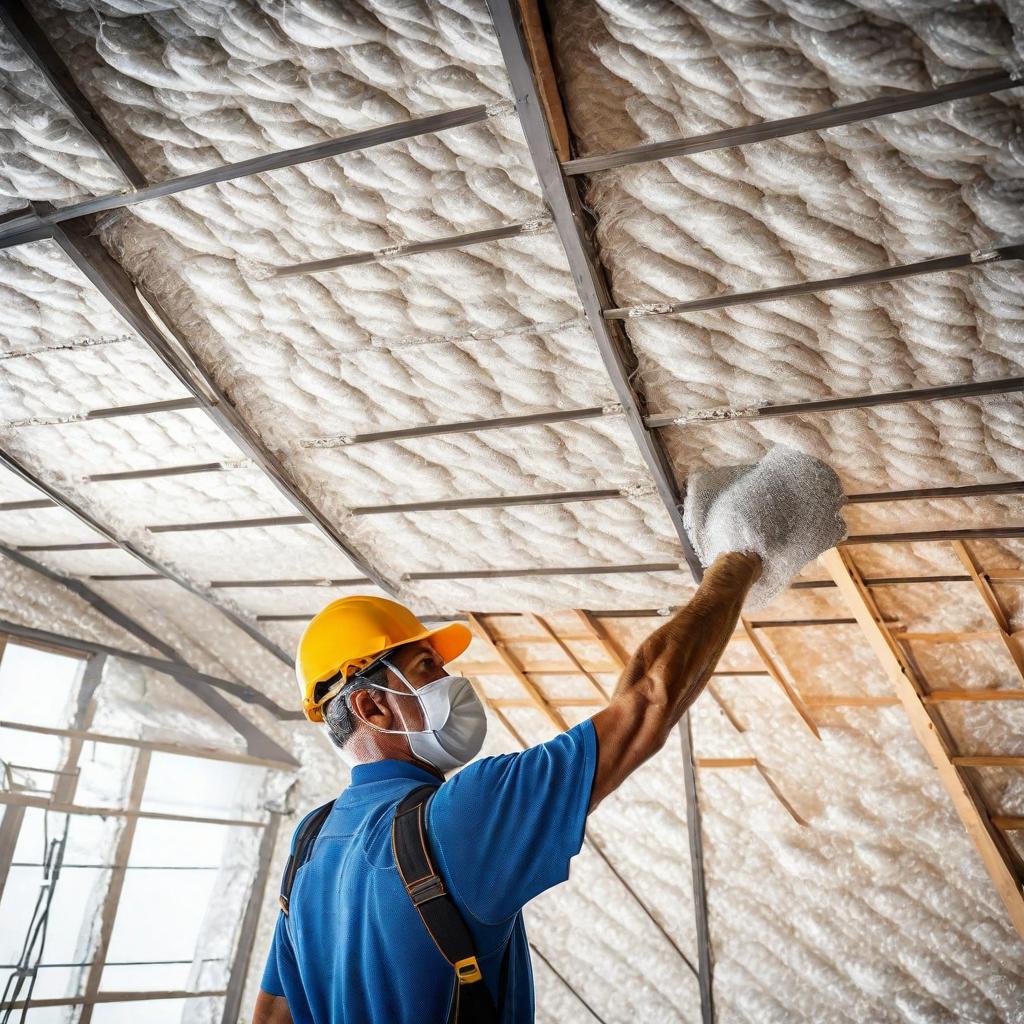
Common types include expanded foam (EPS) and extruded polystyrene (XPS).
Spray Foam Insulation: Spray foam insulation is a versatile alternative that can be applied as a liquid and expanded to fill gaps and cracks. It provides excellent thermal resistance and air-sealing properties.
There are two types: open-cell and closed-cell, with closed-cells being more rigid and offering a higher R-value.
Reflective insulation: Reflective insulation contains layers of foil, plastic, or paper. It reflects intense heat, making it a good choice for insulating sheds in hot climates.
It is often used in combination with other insulation materials for improved performance.
Rigid fibreboard insulation: Rigid fiberboard insulated shed is a type of fiberboard made from wood or other natural fibers. It provides good thermal insulation and can be used on walls, roofs, and floors.
Natural fiber insulation: Natural fiber insulation is made from renewable resources like cotton, hemp, or wool. It is eco-friendly and can provide adequate thermal insulation. It is generally available in bait or loose-fill form.
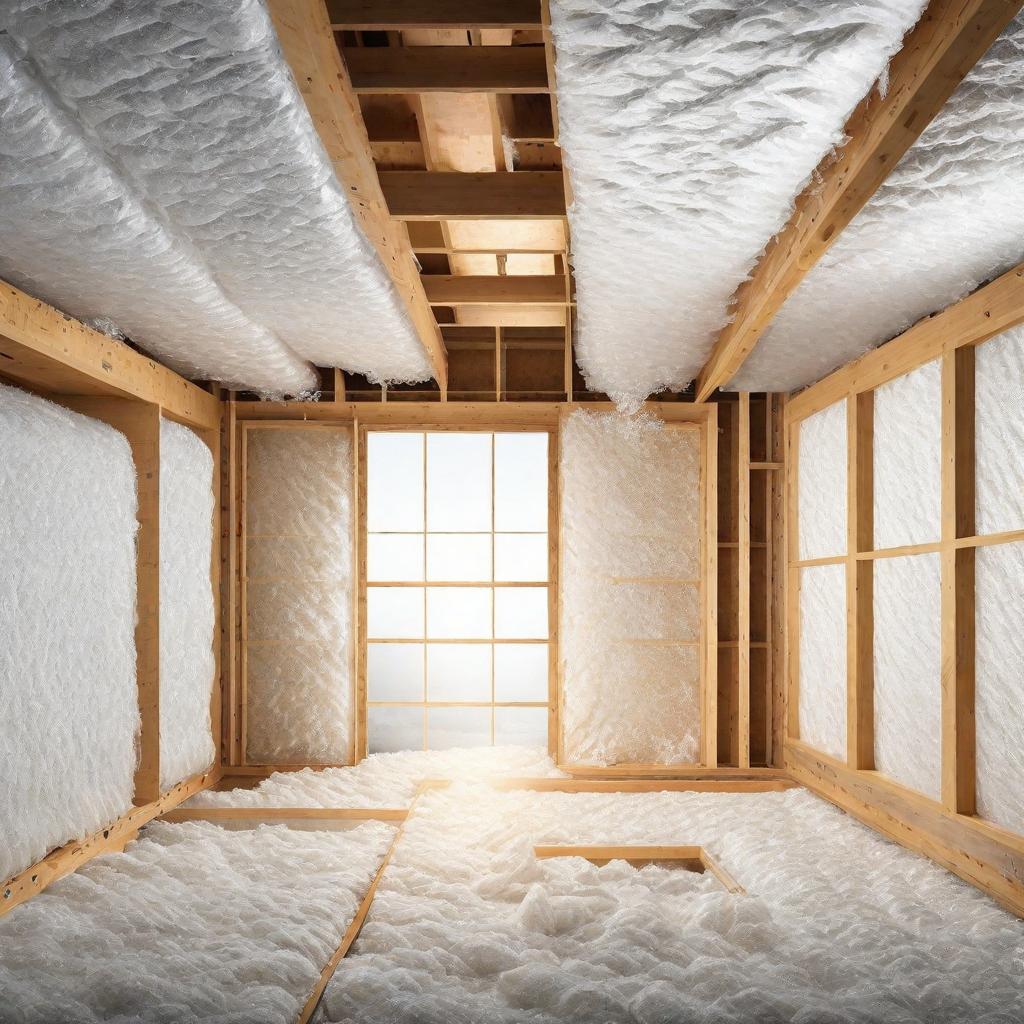
Radiant Barrier Insulation: Radiant barrier insulation is a reflective material that prevents radiant heat. It is often installed in attics and under roofs to reduce heat transfer. This works well in hot climates to keep the shed cool..
Mineral wool insulation: Mineral wool insulation is made from natural rock or slag fibers. It is fire-resistant, has good thermal properties, and offers sound insulation. This is available in bat and board.
Bubble foil insulation: Bubble foil insulation consists of layers of foil and plastic bubbles. It is easy to install and provides some thermal resistance with radiant heat reflection. It is often used in combination with other insulation types.
| Safety Considerations When insulating a shed, safety should be a top priority to protect yourself and others from potential hazards. Here are some important safety considerations to keep in mind: Personal Protective Equipment (PPE): Always wear appropriate PPE, including safety glasses or goggles, gloves, a dust mask, and long-sleeved clothing to protect your eyes, skin, and respiratory system. Ventilation: Ensure that there is proper ventilation in the shed, especially if you are using insulation materials that produce dust or fumes. Adequate ventilation helps prevent the buildup of harmful airborne particles. Fire Safety: Shed insulation materials can be flammable, so take precautions to prevent fires. Do not install insulation near heat sources, and keep any flames or open flames away from the work area. Electrical Safety: If your shed has electrical wiring, be cautious when working around electrical outlets, switches, and wires. Ensure that all electrical connections are secure and that wires are properly insulated. Tool Safety: When using tools for cutting, fastening, or other tasks, follow safety guidelines for each tool. Keep tools in good working condition, and always disconnect power sources when changing tool attachments or performing maintenance. Ladder Safety: If you need to access high areas, use a ladder that is in good condition and set on stable ground. Follow ladder safety protocols, such as maintaining three points of contact and not overreaching. Respiratory Protection: When working with insulation materials that produce dust or fibers, wear a respirator or dust mask to prevent inhalation of potentially harmful particles. Protective Clothing: Use appropriate clothing to protect your skin from contact with insulation materials. Some materials may cause skin irritation. Chemical Safety: If you are using adhesive or sealant products, read and follow the manufacturer’s safety instructions. Use these products in a well-ventilated area and avoid skin contact. First Aid Kit: Keep a well-stocked first aid kit in your shed or nearby in case of minor injuries or accidents. Emergency Exit: Ensure that you have a clear and accessible emergency exit from the shed in case of fire or other emergencies. Safety Training: If you are not familiar with the installation process or are using unfamiliar materials, consider seeking advice from professionals or taking a DIY safety course. Stay Informed: Familiarize yourself with the safety data sheets (SDS) provided by insulation material manufacturers. These sheets contain essential safety information. Fire Extinguisher: Keep a fire extinguisher in your shed, especially if you are using flammable materials. Respect Weight Limits: If you are working in an attic or on a raised platform, make sure to respect weight limits to avoid falling through the ceiling. |
How to Insulate a Shed Floor
Materials You’ll Need:
- Insulation material (e.g., foam board or fiberglass)
- Plywood or subflooring material
- Caulk and caulk gun
- Nails or screws
- Weatherstripping
- Tools (saw, measuring tape, utility knife)
Steps:
- Plan Your Insulation:
- Decide whether you want to insulate only the floor or both the floor and walls. If insulating only the floor, you’ll need access to the underside of the shed.
- Prepare the Shed:
- Remove any items or obstructions from the shed’s interior to access the floor.
- Seal Any Gaps:
- Inspect the shed for gaps, cracks, or holes in the floor. Seal them with caulk to prevent drafts.
- Measure and Cut Insulation:
- Measure the spaces between the floor joists and cut the insulation material to fit snugly between them. Ensure it’s the correct thickness for the joist depth.
- Lay Insulation Between Joists:
- Place the insulation material between the floor joists. Ensure it fits snugly and covers the entire floor area.
- Secure the Insulation:
- Use nails or screws to hold the insulation in place and prevent it from sagging over time.
- Cover with Plywood or Subflooring:
- To create a finished floor surface and protect the insulation, attach plywood or subflooring over the insulation. Ensure it’s securely fastened.
- Seal Edges and Seams:
- Seal any edges, seams, and gaps in the plywood or subflooring with caulk or insulation tape to create an airtight seal.
- Install Weatherstripping:
- Install weatherstripping around any access doors or hatches to prevent drafts.
- Finish the Interior:
- Finish the shed’s interior as desired. You can add floor coverings, such as carpet, vinyl, or tiles.
- Regular Maintenance:
- Periodically check for any damage to the insulation or floor and make repairs as needed to maintain its effectiveness.
Consider Warm-Floor Integrated tiles
Warm-floor integrated tiles, often referred to as radiant floor heating, are an excellent option for insulating a shed floor, especially if you want to maintain a warm and comfortable environment.
Here’s how to consider and install warm-floor integrated tiles:
What are Warm-Floor Integrated Tiles?
- Warm-floor integrated tiles are a type of flooring system that includes built-in electric or hydronic (water-based) heating elements. These systems are designed to provide consistent, radiant heat, creating a comfortable indoor climate.
Considerations:
- Select the Right Flooring: You have the flexibility to choose from various flooring options, such as ceramic tiles, porcelain tiles, or luxury vinyl, to cover the warm floor system. The choice of flooring should align with your aesthetic preferences and the shed’s purpose.
- Electrical vs. Hydronic Systems:
- Electrical Systems: These are easier to install and are typically more cost-effective for smaller sheds. They are controlled via a thermostat and can be used as a primary heat source or supplemental heating.
- Hydronic Systems: These use heated water circulated through a network of pipes. They are more complex to install and are often used in larger structures or as part of a central heating system.
- Insulation:
- Ensure that the shed’s floor is well-insulated before installing warm-floor integrated tiles. Insulation helps retain the heat generated by the system and prevents it from dissipating into the ground.
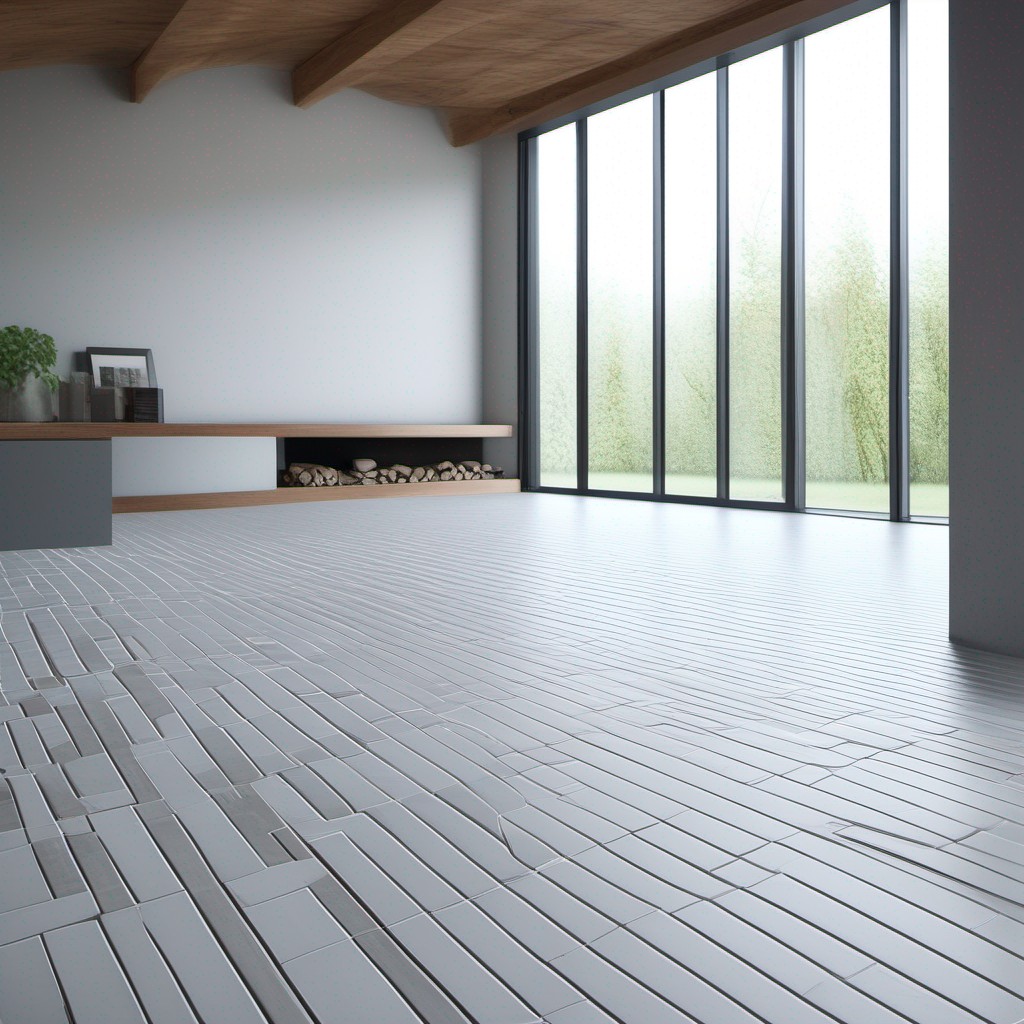
Installation:
- Prepare the Subfloor: Ensure the shed’s subfloor is clean, level, and dry. Repair any damaged or uneven areas.
- Lay the Insulation: Install insulation between the floor joists to prevent heat loss. This is crucial for maintaining the efficiency of the warm-floor system.
- Install the Heating Elements: Follow the manufacturer’s instructions to install the electric heating cables or hydronic pipes. Ensure even spacing to distribute heat uniformly.
- Cover with Backer Board: Add a cement backer board over the heating elements to provide a stable surface for your chosen flooring material.
- Lay the Tiles: Lay the warm-floor integrated tiles according to the tile manufacturer’s guidelines. Make sure to use the appropriate adhesive and grout.
- Connect and Test: Connect the electrical elements or hydronic pipes to the system’s controls and thermostat. Test the system to ensure it’s functioning correctly.
- Add Flooring: Lay your selected flooring material over the warm-floor system, whether it’s tile, vinyl, or any other flooring type.
- Complete the Shed Interior: Finish the shed’s interior as desired, taking advantage of the comfortable, heated floor.
How to Insulate a Shed for Free
Insulating a shed for free or at minimal cost can be achieved through resourcefulness and recycling materials you may already have.
While this may not be as effective as using brand-new insulation, it can make a significant difference in regulating the temperature of the shed. Here’s how to insulate a shed for free or cheap:
Recycle old materials:
Look for old or discarded insulation materials in your home or from previous projects. These can include leftover fiberglass batts, foam boards, or even old blankets and comforters.
- Use recycled packing materials: Old packing materials such as bubble wrap or packing peanuts can be reused as insulation layers.
- Reuse Cardboard: Corrugated cardboard can be an effective insulator. Flatten the cardboard boxes and attach them to the interior walls of the shed.
- Seal gaps and cracks: Use weatherstripping, caulk, or even old towels to seal any gaps, cracks, or holes in the shed walls. This will prevent drafts and improve insulation.
- Consider reflective materials: Reflective materials, such as aluminum foil or mylar blankets, can help redirect heat back into the shed during cold weather. Attach these to the interior walls.
- Use saved windows and doors: Salvaged or reclaimed windows and doors can be used to replace old or poorly insulated windows and doors, thereby reducing heat loss.
- Reuse Curtains or Blinds: Old curtains or blinds can be hung on the interior walls of the shed to add an extra layer of insulation.
- Collect Free Sources: Take advantage of free sources of insulation like leaves, straw, or even newspapers. Fill these materials into walls or gaps for additional insulation.
- Maximize Natural Sunlight: During the day, open curtains or blinds to let in sunlight, which can naturally warm the shade. Close them at night to prevent heat.
- Place Furniture Strategically: Large, heavy furniture can help insulate floors and absorb heat. Place furniture strategically for better insulation.
- Use a rug or carpet: Old rugs or carpets can be used as floor coverings to help protect the shed floor.
- Regular Maintenance: Keep the shed well maintained to prevent drafts, leaks, and other factors that compromise insulation.
How to Insulate a Pole Barn
Insulating a pole barn is essential to controlling the temperature inside, making it more comfortable and energy-efficient. Here’s how to carve a pole barn:
Materials you will need:
- Insulation material (e.g., fiberglass, foam board, or spray foam)
- Framing material (if using batt insulation)
- Plywood or metal sheathing (for walls)
- Vapor barrier (optional)
- caulk and caulk gun
- nail or screw
- weather stripping
- Tools (saw, drill, measuring tape, utility knife)
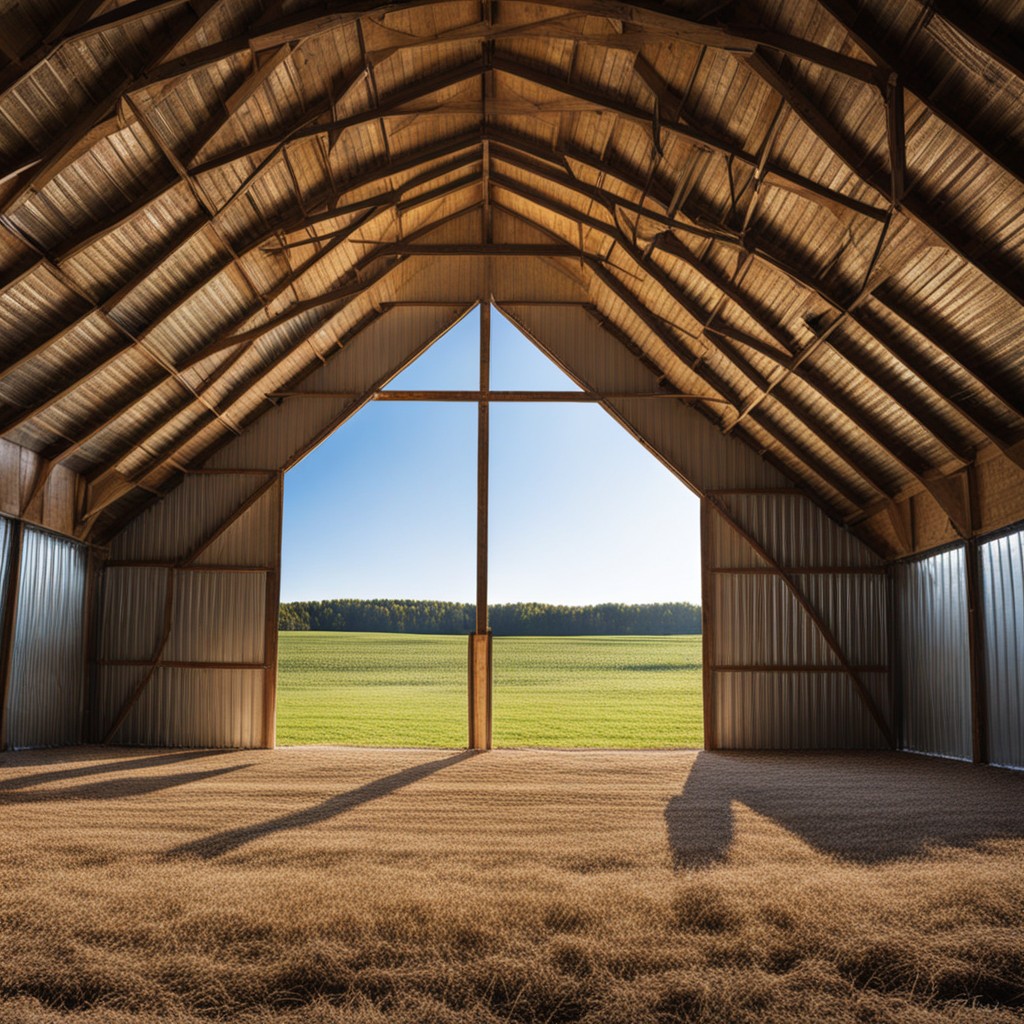
Plan your insulation:
Decide which areas of the pole barn you want to insulate. Common areas include walls, ceilings, and sometimes floors.
- Prepare the pole barn: Remove any existing wall or ceiling covering if necessary.
- Seal any gaps: Inspect the pole barn for gaps, cracks, and holes. Seal them with caulk to prevent drafts.
- Frame the walls (if using batt insulation): Install wood framing for the walls if you plan to use fiberglass batt insulation. Framing makes room for insulation and provides structural support.
- Install a vapor barrier (optional): Depending on your climate, you may want to install a vapor barrier on the inside of the barn walls to prevent moisture from passing through the insulation. This is especially important in cold climates.
- Cut and install insulation: Measure and cut the insulation material to fit between the framing or wall sections. If using spray foam, apply it directly to the walls or ceiling.
- Secure the insulation: Use nails or screws to secure the insulation in place. For batten insulation, place it within the wall framing.
- Cover with sheathing: Cover insulated walls with plywood or metal sheathing. This provides a finished surface and protects the insulation.
- Sealed Edges and Seams: Seal any edges, seams, and gaps in the sheathing with caulk or insulation tape to ensure an airtight seal.
- Insulate the roof: Insulate the ceiling using the same principles as the walls. Ensure proper ventilation to prevent condensation.
- Install Weatherstripping: Install weatherstripping around doors and windows to prevent drafts.
- Insulate the floor (optional): If the barn has a concrete floor, consider insulating it with foam board or adding a floor covering for additional insulation.
- Finish the interior: After insulating and covering the walls, complete the interior as desired. You can paint or add shelves depending on the purpose of the pole barn.
- Regular Maintenance: Periodically check for any damage to the insulation and repair as necessary to maintain its effectiveness.
People also ask
- What is the best thing to insulate a shed with?
- The best insulation material for your shed depends on your specific needs. Common options include fiberglass, foam board, and spray foam. The choice should consider factors like climate, budget, and intended use of the shed.
- Can you fully insulate a shed?
- Yes, you can fully insulate a shed to create a more comfortable and energy-efficient space. Insulation can be added to walls, ceilings, and floors to achieve better temperature control.
- Does a shed need to be insulated?
- Insulation is not always required, but it offers benefits such as improved comfort, energy efficiency, and protection against extreme temperatures. Whether to insulate your shed depends on how you plan to use it and the local climate.
- Is it worth insulating a shed?
- Whether insulating a shed is worth it depends on your intended use. If you use the shed frequently, especially for activities like workshops or storage, insulation can make it more comfortable and save on energy costs.
- What is the best insulation method for pole barns?
- The best insulation method for a pole barn depends on your needs and budget. Common options include fiberglass batts, spray foam, and rigid foam boards. The choice should consider factors like climate, intended use, and cost-effectiveness.
- What is the cheapest insulation for a pole barn?
- Fiberglass insulation is often one of the most cost-effective options for insulating a pole barn. It provides good thermal resistance while being budget-friendly.
- What is the cheapest way to insulate a pole building?
- The cheapest way to insulate a pole building is typically to use fiberglass batts or rolls, as they are affordable and easy to install. However, cost-effectiveness should be balanced with the desired insulation performance.
- How do you insulate a shed to keep it cool?
- To insulate a shed to keep it cool, use reflective or radiant barrier insulation materials on the roof or ceiling. These materials reflect heat away from the shed, helping to maintain a cooler interior.
- What can I use to insulate a shed?
- There are various insulation materials suitable for sheds, including fiberglass, foam board, spray foam, and reflective insulation. The choice depends on factors like climate, intended use, and budget.

